

Global Primary and Recycled Aluminium Industry Outlook 2025
Primary Aluminium & Recycling sector, including Dross Management: Exclusive Industry Insights
A Lite Version of the "Global Aluminium Industry Outlook 2025"
Aluminium remains at the forefront of industrial evolution, with primary production and recycling playing critical roles in the supply chain. The global primary aluminium market is transforming rapidly, driven by evolving trade policies, sustainability commitments, and technological advancements. This exclusive lite version of our comprehensive report delivers essential insights into the state of primary aluminium, advanced recycling techniques, and dross management solutions.
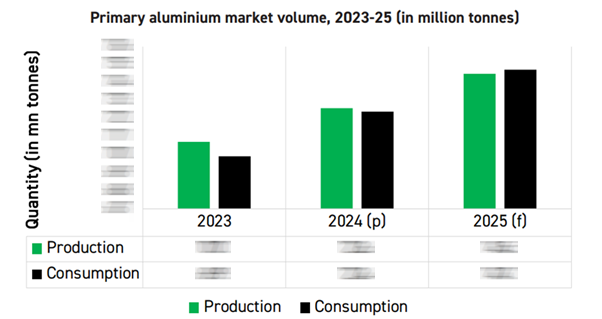
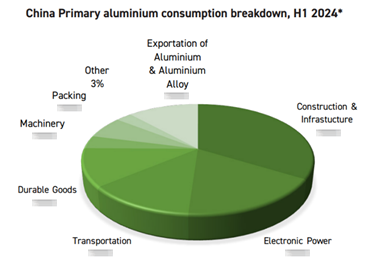
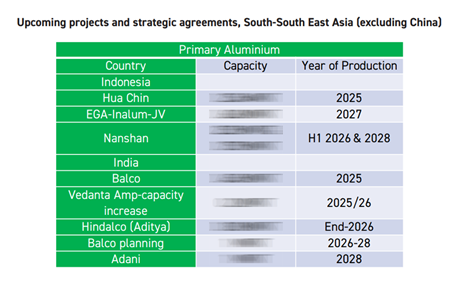
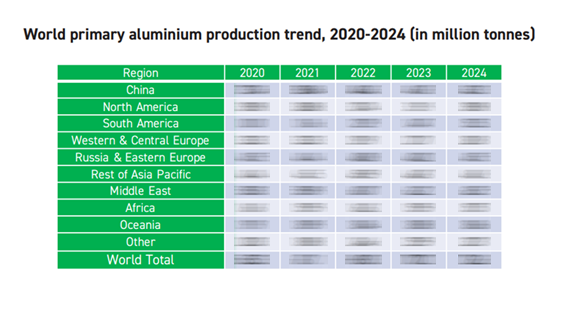
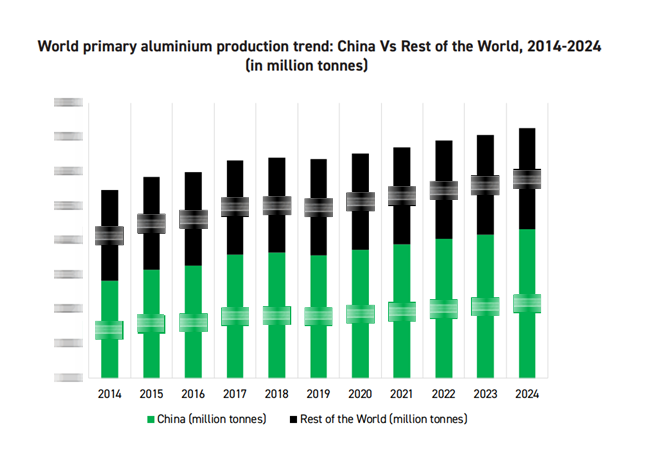
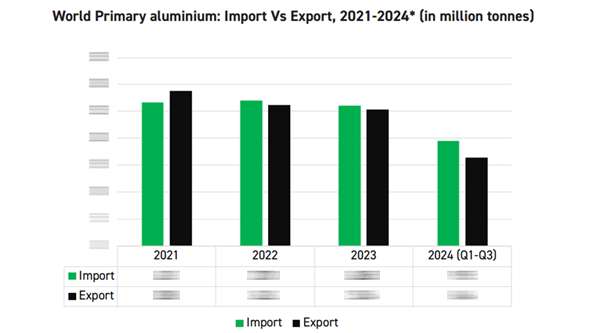
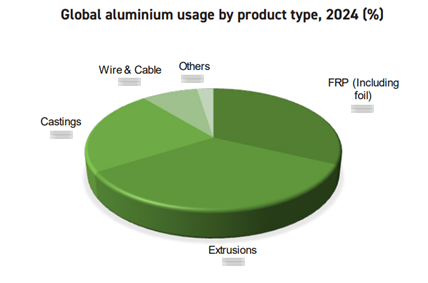
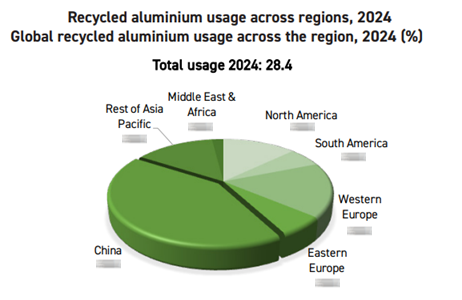
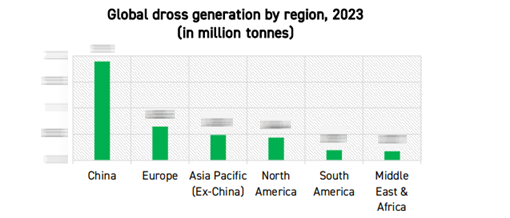
Why this report matters
What’s inside?
Who should read this report?
Get your Exclusive Copy Today!
Subscribe to explore how this report can drive your aluminium industry success!
Methodology
Our study on the Aluminium Outlook 2025 will adopt a comprehensive, structured approach to analyse key aspects of the industry. The research will cover an in-depth assessment of raw material sources, price trends of alumina and bauxite, and examine the impact of global carbon tariffs and newly imposed United States tariffs on the aluminium sector. The study will be conducted through a multi-faceted methodology, detailed as follows.
1. Research Approach
The study was conducted through extensive secondary research, complemented by targeted primary research, and structured into the following key components:
2. Data Collection
To ensure a comprehensive market analysis, data will be sourced through multiple channels:
a. Reviewing Publicly Available Resources
b. Accessing Curated Databases
We utilised our in-house aluminium industry-focused database to support the research. For trade-related insights, we accessed and extracted relevant trade data using subscription-based trade data tools.
3. Data Validation
To ensure accuracy and alignment with client requirements, all collected data underwent a rigorous validation process:
4. Data Analysis
The collected data were systematically analysed using advanced methodologies, including historical data review, five-year price analysis, forecasting and projections, and trade data evaluation, to generate meaningful insights.
After analysing the information, a proprietary statistical tool was used for market estimation and forecasting, generating the quantitative figures and sizes of the market and its sub-segments for both the current scenario and the forecast period. This included production, consumption, and supply volumes, as well as usage by end-user sectors. After estimating the market sizes and figures, the numbers were verified through consultation with industry participants and key opinion leaders. The extensive network of industry participants added value to the research process by validating the numbers and estimates provided in the study. At the final stage of the research process, the findings were consolidated, and a final report was prepared.

